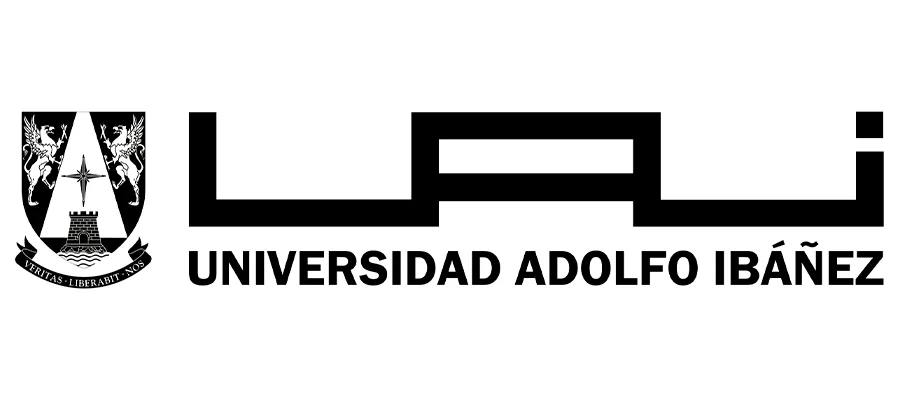Chapters
The ILIA is composed of several chapters that provide a detailed and comprehensive overview of the state of AI in the Latin American and Caribbean region. Chapter A presents the objective of the document and its motivation. Chapter B delves into the Enabling Factors for the development of AI ecosystems. Chapter C focuses on the level of maturity of ecosystems, while Chapter D analyzes the state of the institutional and regulatory environment that frames AI ecosystems.
Chapter E focuses on the social perception of public opinion regarding AI in digital media and social networks. Chapter F presents an in-depth analysis of the vision of regional experts regarding the potential impact of AI in six areas of people’s lives. Chapter G is composed of twelve «Country Files», which show in detail the situation in each of the 12 countries. Chapter H is a Methodological Appendix that provides a detailed breakdown of the indicators and sub-indicators used in the construction of this document.
Chapter A
Presentation of the ILIA

Chapter B
Enabling Factors
This chapter addresses the underlying conditions for the deployment of a robust AI ecosystem in Latin American and Caribbean countries. It includes three sub-dimensions: Infrastructure, Data and Talent Development, in addition to an approach to the labor market situation. A detailed analysis of the results obtained, outstanding cases and relevant gaps is provided. Valuable tool to understand the current state and areas for improvement in the basic conditions that enable the development of AI.

Chapter C
Research, Development and Adoption
This chapter focuses on the level of maturity of the research, development and adoption ecosystem for Latin American and Caribbean countries. It includes three sub-dimensions: Research, Innovation and Development, and Adoption, in addition to an approach to the evolution of the academic collaboration phenomenon within the region. Relevant document to visualize the state of progress in applied matters and regional participation in the generation of knowledge at the global level.

Chapter D
Governance
This chapter presents the situation of the institutional and regulatory environment that frames the development of AI in the countries of Latin America and the Caribbean. It includes three subdimensions: Vision and Institutionality, International Linkages and Regulation. It shows the existing gaps in this area and the relevance of taking advantage of multilateral collaboration spaces to jointly advance in the face of the challenges of AI.

Chapter E
Perception
This chapter offers a first approach to the perception of AI in Latin America at the level of public opinion. The study proposes a comparison of the perception (positive, negative and neutral) among the twelve countries that make up the ILIA grouped into 5 regions, differentiating by type of source (digital media or social networks). Additionally, it details which elements in the messages that make up each sample have the most significant influence on the proportion of the perception of AI. At the end of the chapter, a more in-depth analysis of the Chilean case is included, which explores the plural forms of covering, framing and problematizing AI in the Chilean press, conducted by the Future of Artificial Intelligence Research Center (FAIR).

Chapter F
Future of AI
This chapter analyzes in depth the future projections of AI for Latin America and the Caribbean in a global context. Based on the views of experts, it explores how the region can make the most of the potential of this technology within the framework of its national innovation systems. It also examines the barriers and obstacles that may be holding back the full development of AI in the region. In addition, it offers an overview of the state of the art and practice in what are considered dominant trends in the discipline from the academic perspective, and proposes elements to pay attention to in the coming years, particularly from the regional context.

Chapter G
Country files
This chapter is composed of twelve «Country Files», which show in detail the situation of each of the 12 countries analyzed for this study.

Chapter H
Methodological Appendix
This chapter describes the methodology used for the construction of each sub-indicator of the ILIA 2023, from the measurement process, indicator criteria, aggregation and mechanisms for imputation of missing values. It details the data collection strategy and the indicators with scores for each of the countries.



















